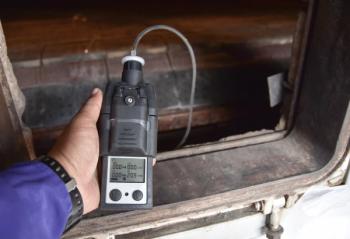
Kandice Tanner of NIH Wins Young Fluorescence Investigator Award
Kandice Tanner of the National Institutes of Health (NIH) has received the annual Young Fluorescence Investigator Award from Horiba Scientific.
Kandice Tanner of the National Institutes of Health (NIH) has received the annual Young Fluorescence Investigator Award from Horiba Scientific. The award recognizes novel and exciting applications of fluorescence in biology and biophysics, and the awardee is invited to present a 20-minute talk about his or her research at the Biological Fluorescence Subgroup Meeting during the Biophysical Society Annual Meeting in Los Angeles, California.
Tanner is an investigator in the Laboratory of Cell Biology in the NIH Center for Cancer Research. She was recruited to the National Cancer Institute at NIH as a Stadtman Tenure-Track Investigator in 2012. At the National Cancer Institute, Tanner integrates concepts (including fluorescence-based approaches) from molecular biophysics and cell biology to learn how cells and tissues sense and respond to their physical microenvironment, and then to design therapeutics and cellular biotechnology. She has made contributions that further the understanding of the roles of physical forces on tumor formation and stem cell differentiation.
The Young Fluorescence Investigator Award is given to a researcher who has been nominated by his or her peers, for significant advancements and contributions in, or using, fluorescence methodologies. A candidate must hold a PhD, and be a pre-tenured faculty member or junior-level investigator working in the field of fluorescence. Tanner is the 21st researcher to win the award, which began in 1997.
Newsletter
Get essential updates on the latest spectroscopy technologies, regulatory standards, and best practices—subscribe today to Spectroscopy.





